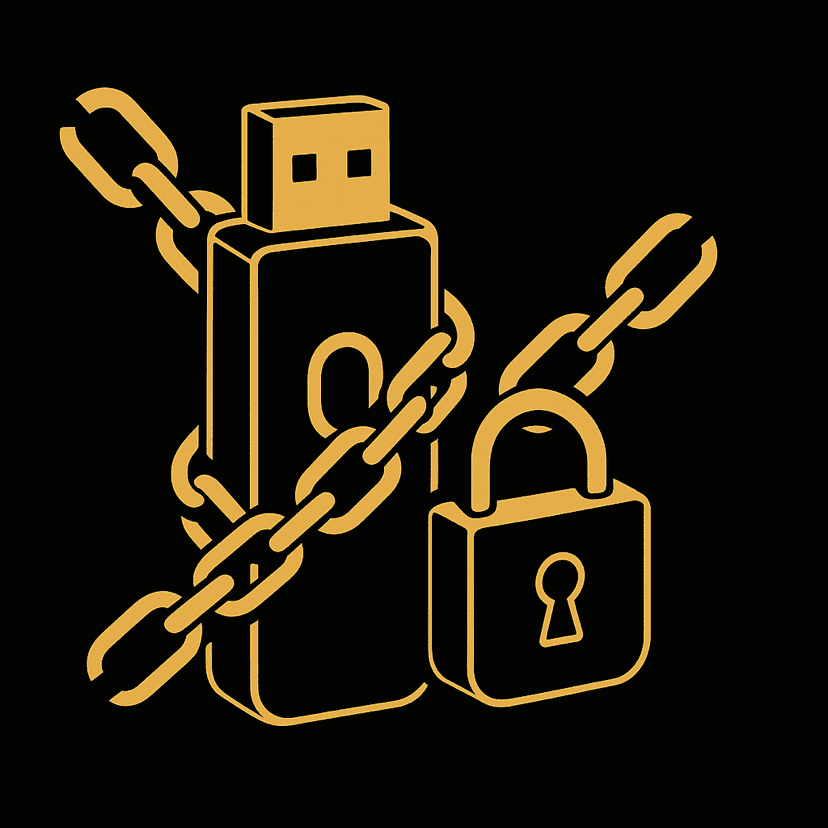27 dollars, 4 years of 'forgetting the wallet' and the apartment in Oslo — the true story of Kristoffer Koch
In October 2013, Norwegian media published a shocking story: a young engineer in Oslo reopened an old Bitcoin wallet and discovered an amount sufficient to buy... an apartment. The main character is Kristoffer Koch. Four years earlier, when he was still a student writing a thesis on cryptography, he read a 2008 article by the pseudonym Satoshi Nakamoto and curiously tried to buy Bitcoin. The amount Koch spent was only 150 kroner (about 26–27 USD). He was not a speculator; just a technology enthusiast wanting to verify the idea of 'peer-to-peer digital money' in real life.
After the trial purchase, Koch returned to his normal life: working, job hunting, and starting a career. The Bitcoin wallet was stored somewhere in his computer and faded into oblivion. It wasn't until April 2013, when the media widely reported Bitcoin's skyrocketing price, that he suddenly remembered 'he once bought some BTC to... experiment'. The problem was the password: Koch admitted he had to search for the wallet file, recall the previous encryption class, and struggle to remember the passphrase. In the end, he managed to open it — and saw the number that made him 'pause'.
Koch owned about 5,000 BTC. At the peak of the 2013 wave, the total value was estimated at several million kroner. He sold 1/5 of the coins, and the NOK amount received was about 1.1 million. This amount was enough to make a deposit and buy a two-bedroom apartment in Oslo — an area that was later classified as 'up and coming' in the capital. Koch did not 'dump everything'; he continued to hold the majority of his remaining BTC.
Looking back at the process of turning a 'test money' into an apartment is not a secret trading skill. Three standout factors in Koch's journey are:
(1) Early technology awareness: He approached Bitcoin from a technical perspective (cryptography, digital signatures), rather than chasing the 'x100' shout. This helped him make small decisions at the right time without being distracted by FOMO.
(2) Time & discipline: 'Forgetting the wallet' inadvertently replaced the discipline of holding; the small investment had a long enough time to let the compounding effect work. In 2013, when the price spiked and then corrected strongly, he sold in parts instead of dumping it all at once.
(3) Risk management: Split sell orders, don’t put all eggs in one exchange basket — and accept the reality that prices fluctuate, exchanges can also 'fail'.
The condensed lesson for today's investors:
• Understanding what you buy: A little foundational knowledge helps you withstand market fluctuations.
• Don't bet the future on... memory: Have a proper backup process for keys/seeds, manage passwords correctly; hardware wallets + offline notes are still the gold standard.
• Exiting with a strategy: Take profits in parts according to predetermined milestones (price/time/volume), don’t let emotions decide.
• Risk diversification with partners: When you need to sell a large amount, break it down and sell on multiple exchanges to avoid liquidity issues and slippage.
Kristoffer Koch's story does not encourage 'buying and forgetting' blindly. It simply reminds that: small amounts + vision + discipline and security can make a huge difference.
What about you, what did you learn from Kristoffer Koch's journey?